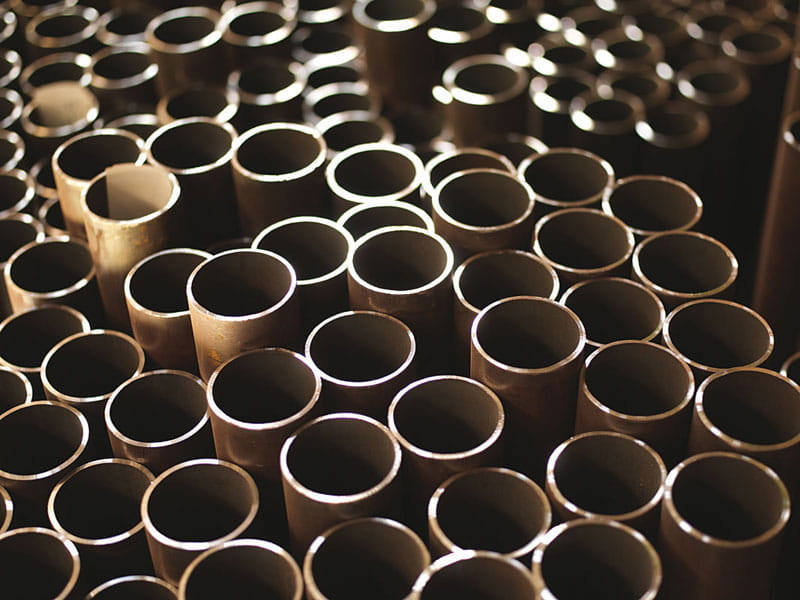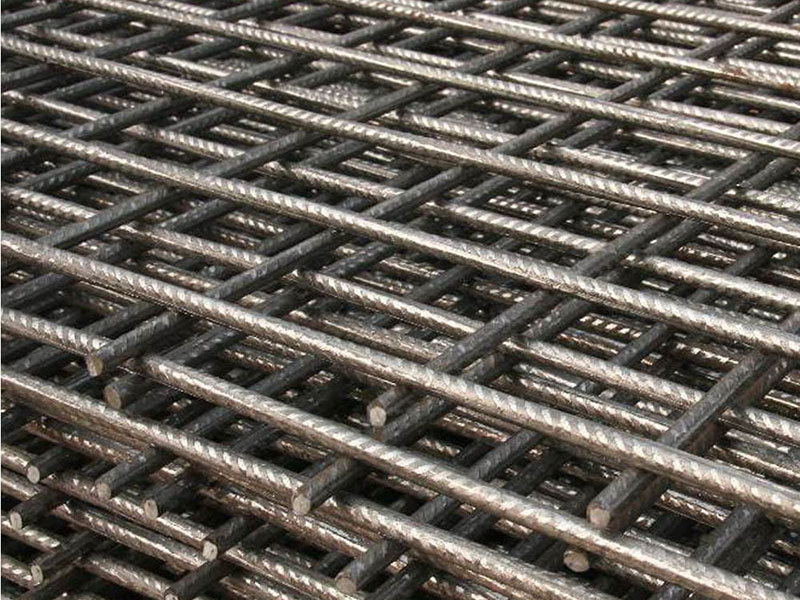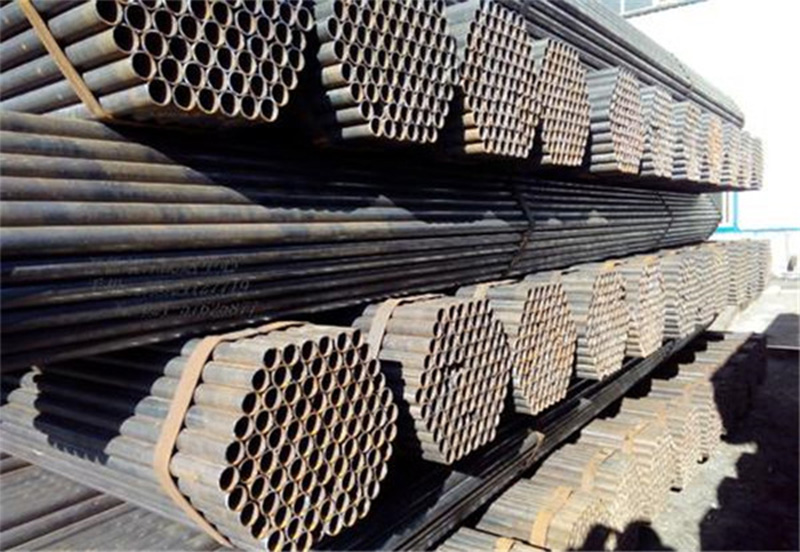

Cold-formed steel is widely used in the construction industry abroad, being used as roof frames, purlins, trusses, rigid frames, wall frames, keels, roof panels, wall panels, floor slabs, doors and windows, and even containers, pipes, cofferdams, sheet piles, breakwaters, etc. In recent years, cold-formed steel combined with mesh shells, shelves, single and multi-story houses have also developed rapidly, from airports to large shopping centers, from office buildings to stadiums, from conference centers to residential houses, cold-formed steel products are widely used as architectural design materials. In developed countries, the construction industry is the first major user of cold-formed steel, cold-formed steel accounted for 5% of the total steel, cold-formed steel for construction accounted for about 70% of the total cold-formed steel, cold-formed steel products used in the construction industry is mainly cold-formed square and rectangular tubes and structural cold-formed steel for construction, of which the amount of cold-formed square and rectangular tubes accounted for more than 50%. From the structural mechanics and economic point of view, the combination of cold-formed steel and H-beam is the best combination for the construction industry, which can realize the factoryization of industrial plants and civil housing construction.
In Japan, before 80 years, Japan only produced square and rectangular tubes below 200mm×200mm and a small amount of open cold-formed steel, and the columns in Japanese steel houses were all made of H-beam. 84 years after the Sendai earthquake in Japan, through the study of the steel houses damaged in the Sendai earthquake, it was found that the welds between the columns and beams were easy to crack, because of the limitation of the structural characteristics of the H-beam shape, with H-beam and H-beam butt welds, there were too few welds. Therefore, after 84 years in Japan, through the revision of the building law, it is stipulated that the columns of steel houses in Japan must be made of square and rectangular tubes to increase the length of the weld seam, so as to improve the seismic resistance of the houses. With the popularity of cold-formed steel in the construction of steel applications, cold-formed steel production specifications have increased, the current maximum size of square rectangular tube has reached 550mm × 550mm, the maximum wall thickness of 22mm. 2002 Japan’s total output of cold-formed square tube for steel structures has reached 2 million t. Currently the largest market demand for steel pipe specifications for 200mm × 200mm ~ 400mm × 400mm, these specifications cold-formed square tube 400mm, these specifications of cold-formed square tube covers more than 80% of the total number of square and rectangular tubes for steel structures in Japan, other specifications of products accounted for less than 10% of the market share.

In the United States, as indicated in the relevant survey data, cold-formed square and rectangular tubes and hot-rolled H-beams in the construction industry is about 1:1 relationship, in the 1990s, the proportion of cold-formed steel used in building steel structures even more than the amount of hot-rolled H-beams. Among them, cold-formed structural welded pipes (including square and rectangular pipes and original pipes) account for about 25% of the steel used in construction steel structures, and the proportion of various open cold-formed sections in the amount of steel used in construction steel structures is also above 20%.。
In China’s industrial and civil construction, reinforced concrete has been used for many years, with long construction period and high pollution. In recent years, with the successful market promotion of Ma Steel and Laigang hot-rolled H-beam products, the application of steel structure in the construction industry has been expanding, and various steel structure experimental buildings, model houses and sign buildings have been launched one after another, and the standards and specifications for design and construction have also started to enter a stage of gradual improvement, and China’s steel structure industry has taken a great step forward in recent years. However, at present, China’s construction steel structure applications are mainly hot-rolled H-beams and welded steel structures of various kinds, China’s production capacity of hot-rolled H-beams has reached 3 million tons, the output of welded light H-beams and various steel structures is also hundreds of thousands of tons, China’s welded pipe production of more than 7 million tons a year, of which the production of cold-formed square and rectangular tubes and various cold-formed steel sections for construction steel structures is less than 5% of the total output of cold-formed steel sections. Cold-formed steel in China’s industrial and civil construction steel structure in the initial stage of application, cold-formed square rectangular structure welded pipe instead of hot-rolled H-beam for the steel structure of the column has just begun, other cold-formed steel in the construction industry is used even less.
Take the two Ministry of Construction steel structure demonstration residential buildings in Tianjin as an example, according to the statistics of the project, the main structure of the steel frame is 400 yuan/m2, accounting for 1/3 of the total cost, the cost of steel structure residential interior and exterior wall panels and floor components is higher, the cost of the exterior wall panels of the project is 280-300 yuan/m2, the cost of ordinary exterior wall blocks is only 85 yuan/m2, and the cost of interior wall panels is also 60% higher than that of ordinary structures About, and there are still some technical problems with the domestic exterior wall panels. How to reduce the cost of steel structure housing is the key issue to promote the development of steel structure housing.

Due to the development of domestic construction steel structure and cold-formed steel in the steel construction industry in the initial stage of application, some of the original standards and technical specifications are not targeted, has not fully adapted to the needs of the development of the steel structure industry. Although the China Steel Structure Association is organizing the development of some standards, Shanghai has also introduced some local technical regulations and legislation. However, the steel structure (including cold-formed steel) design standards and specifications are very imperfect, affecting the development of China’s steel structure industry, thus limiting the cold-formed steel, especially cold-formed square rectangular tube in the promotion and application of the building steel structure
Cold-formed steel as an economic cross-sectional light thin-walled steel, with the advantages of light weight and high strength, is the country to promote the application of efficient and economic new materials. Foreign research shows that the main advantages of cold-formed square rectangular tube (HSS for short) in construction as well as other uses are as follows. (1) Strength – HSS has a high strength-to-weight ratio, superior compressive characteristics, and torsional resistance. (2) Appearance – In open-air applications, round, square and rectangular HSS have become a visible part of houses and other architectural designs. (3) Uniformity – HSS has uniform specifications, shapes, strengths, and tolerances, and is very versatile. (4) Simple construction – HSS can be easily bent, formed, perforated, twisted or drilled. Due to the application of improved new technology, HSS is easy and fast to use. (5) Cost efficiency – Because HSS has an excellent strength-to-weight ratio, it can significantly reduce weight and cost. The reduction in weight also means savings in construction, building materials and freight costs. (6) Durable and sturdy – HSS can resist fire, rot, mold, termites and ant.
In recent years, with the rapid development of China’s economic construction, cold-formed steel products will gradually be accepted by the market. Cold-formed rectangular tube for the column, H-beam for the house its good seismic performance and economic advantages will gradually be recognized and paid attention to, and its development potential in the market of industrial and civil construction is great. Many domestic manufacturers are also optimistic about the market prospects of structural cold-formed square rectangular tubes and other building structures with open cold-formed steel products, new production lines are being built. Developed countries today is our tomorrow, and hot-rolled H-beam products, cold-formed steel products in the construction of steel structures have a very broad application prospects.


For Further Details,Please Feel Free To Contact Us: